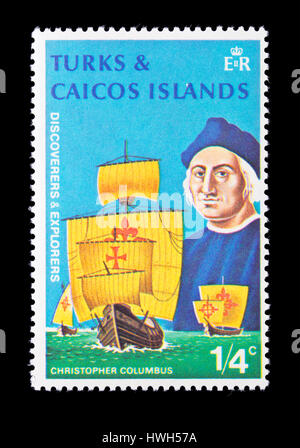

By some stroke of luck, you too may encounter these items in unlikely locales, perhaps even stuck on an old letter. Last weekend, while sifting through discount items at the Brooklyn Flea, I stumbled upon a sheet of Watts’s Yamflug / 5 Post 5 in its original, Implosions Inc. While the artists’ distribution program for these items has long been discontinued, these multiples still carry on a life of their own outside the museum.
Postie pete postage stamps series#
Feldpost / Jockpost and Yamflug / 5 Post 5 were offset printed in a series of monochromes and distributed widely through Fluxus mail-order kits two for a dime in stamp-dispensing machines installed in New York galleries and as perforated sheets that he hoped to distribute en masse in many galleries through Implosions Inc., a novelty company the artist set up with his friend and colleague George Maciunas. Fields, girls, sheet music, gas cans, sex, pliers, pencils, breasts, alphabet letters, and a number of other things.” His early, and most popular stamps, Safe Post / K.u.K. In the artist’s words, the stamps evidently reveal his interest in “whiskey, W.C. Issuing his first perforated sheet of stamps in 1961, Watts remained a collector of sorts in his practice, collating disparate historic and Pop imagery from newspapers, photography, and various media sources for his projects. Watts’s artistic pursuit of the subject can be traced in part to his own nostalgia for a time when it was more commonplace to discover beguiling examples, like the Spanish stamp of Goya’s Maja, a reclining nude, that the artist collected when he was eight years old. The bulk of stamps held in the collection, however, were created by Robert Watts, an eccentric engineer turned Fluxus artist, whose oeuvre is characterized by humor and frequent commentary on pop culture.

The number of stamps in MoMA’s collection is considerable, and several are currently on view on the sixth floor in Alighiero Boetti: Game Plan, which features a series of envelopes onto which the Italian artist arranged a selection of stamps in all possible permutations. The Gilbert and Lila Silverman Fluxus Collection Gift. As eluded to by Fluxus artist and poet Dick Higgins who in reflecting on the practice claimed, “Give us this day our daily surprise,” mail held for many a unique power to “deliver” art to one’s doorstep, into the sphere of everyday life. While serving as a necessary tool in the exchange of ideas and goods, Fluxus artists also turned to the postal service for less pragmatic means of enticement, play, and institutional critique. Fluxus, an international network of artists from the United States, Europe, and Japan, has long employed mail as a means of correspondence and distribution among its various centers. In researching works from the Gilbert and Lila Silverman Fluxus Collection Gift, my colleagues and I have recently discovered scores of artists’ stamps, whose content is a far reach from the flora and fauna or commemorative imagery sold through the U.S. An artist’s stamp, in the simplest of terms, is an object that is related to a postage stamp in either its form or content, but which does not necessarily help deliver a letter. A postage stamp is a small, government-issued square of paper adhered to mail in order to enable its circulation.


 0 kommentar(er)
0 kommentar(er)
